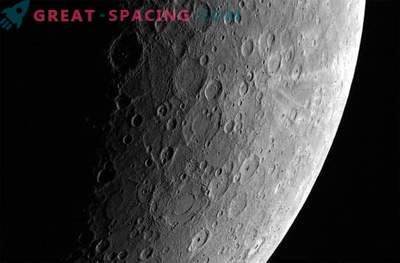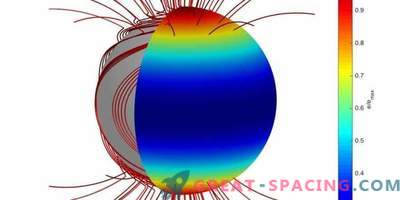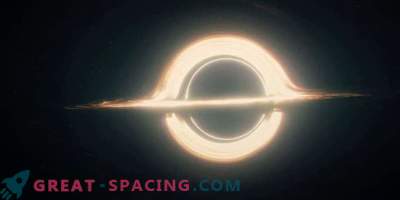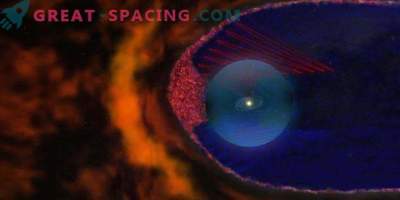
Scientists believe that they have uncovered the mystery of why Apollo rocks collected by NASA astronauts are magnetized.
Unlike the Earth, the Moon does not have a global magnetic field, at least not at present.
But scientists have suggested that the Moon, despite having only 1 percent of the Earth’s mass, has a moving molten metal core that can generate a global magnetic field.
Other researchers are not so sure. They suspect that the lunar soil acquired a magnetic field from passing asteroids and other objects that gave rise to a short-lived, but constantly repeating electrically charged plasma.

The internal structure of the moon
However, a new study proves that the Moon had not only a magnetic heart, but that it “beat” stronger than the core of the Earth now.
"We see that there was a very strong magnetic field before, but then it just disappeared. Large scale geophysical processes indicate this," said planetary scientist Benjamin Weiss, from the Massachusetts Institute of Technology.
The study, based on the re-analysis of Apollo samples, in combination with data collected by a number of orbital automated probes, raises the question of how the conductive fluid appeared in the core of the Moon, creating the so-called dynamo that generated the global magnetic field. Weiss and his colleagues are also curious why the field disappeared so suddenly.
Their analysis shows that the Moon had a dynamo-leading magnetic field from 4, 2 to 3, 6 billion years ago.
"Writing the last magnetic fields imprinted in the rock is a microscopic alignment of electrons in the rock, like small needles of a compass," said Weiss.
Additional analysis aimed at studying the direction of the alignment of electrons can help scientists figure out whether the dynamo has got mixed up under the influence of changes in the angle of rotation of the moon or other factors have been involved.
"Perhaps every time the moon was subjected to a strong collision, there was a major reversal and the north pole moved to another place," said Weiss.
"We can test this hypothesis by determining the direction of magnetization as a function of time," he added.
A study published last year showed that the moon's magnetic field existed longer than previously thought, having survived a period of heavy cratering. This should eliminate collisions with large objects from the possible causes of the disappearance of the magnetic field.
Another hypothesis is that the gravitational influence of the Earth may have separated the solid mantle of the Moon and the molten core containing the conductive fluid.











































